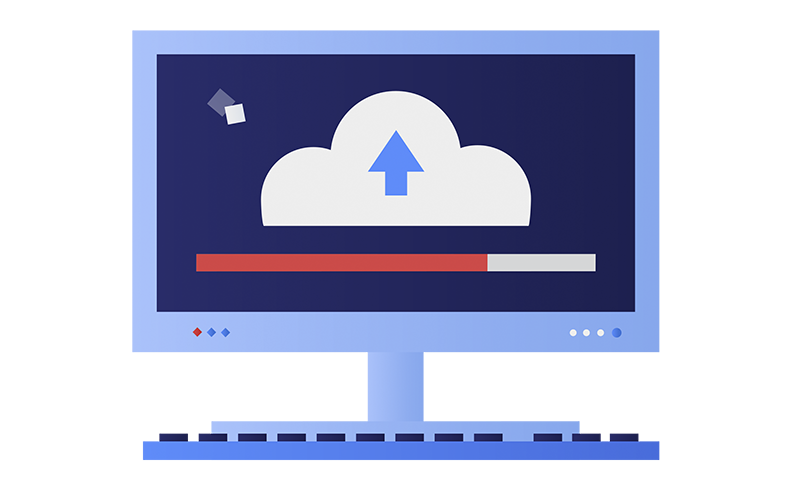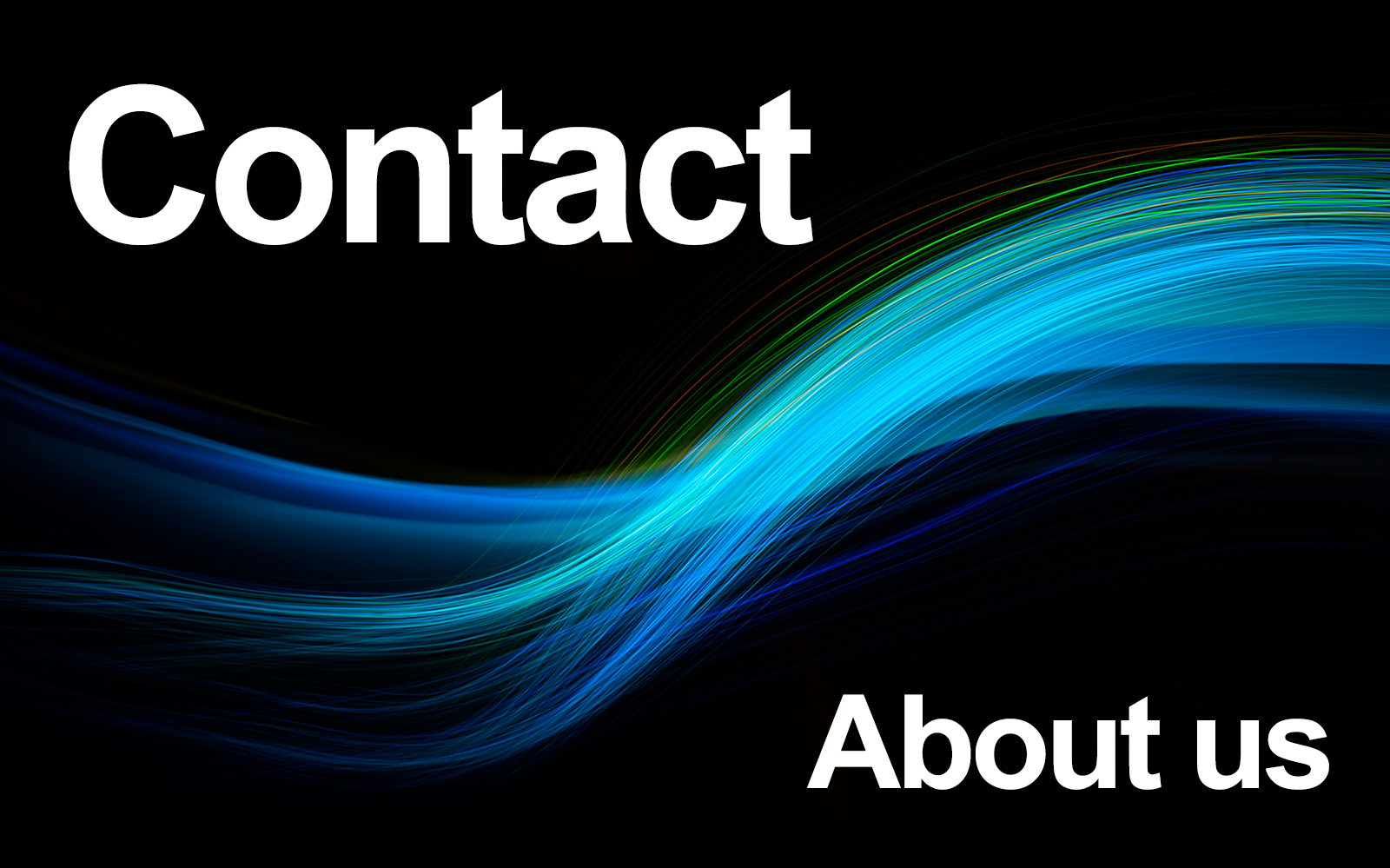Preparing your files for print
What do I need to know before I upload my files for printing
There are a few steps you need to take to prepare your image files for printing, such as:
- Organising your files
Ensure that you are uploading the correct file
If you have created different versions of your files during your creative process, it's easy to end up choosing the incorrect file when you start the upload process to the Web to Print system. Therefore it makes sense and good practice to create a folder where you add your "ready to print" files and upload from there.
- Size and Cropping
Choose the right size and resolution for your images. You should check and change the resolution of your image in your software package of choice, we recommend that a good choice of software to use is Adobe Photoshop. If you are unsure how to set the size and resolution, here is a quick guide. (ADD LINK HERE)
Crop your images to match the aspect ratio of the print size you want. The aspect ratio is the ratio of the width and height of an image, such as 4:5 for an 8x10 print. Cropping your images to the right aspect ratio will prevent unwanted distortion or cropping when printing. If you are not sure, you can use the preset or custom cropping tools in your editing software to do this.
- Image Resolution and Sharpening
Set the resolution
The standard resolution for print is 300 pixels per inch (PPI), which means the image has enough pixels to look sharp and detailed when printed. Pixels per inch, or PPI, is the standard measurement for image resolution and an image’s PPI refers to the density of pixels per square inch of space they occupy. So, the higher the PPI, the higher an image’s resolution – and the sharper your image will look in a large-format print.
Set the Bit size
When you save your files it is best to do this as 8-bit rather than 16-bit. Whilst best practice is to edit your files in 16-bit, most printers are unable to print these and in general will actually automatically switch to 8-bit. You will not see any difference in the output and uploading and print 16-bit files is just slower, this also affects our workflows and makes our processes less effective.
- Colour - improve or correct
You can edit your images to enhance the contrast, saturation, colours and levels of your image, this gives you the option to reproduce you digital image to your personal preference and style.
- Convert your images to the appropriate colour space
The most common and recommended colour space for printing is Adobe RGB, only choose sRGB where your final image is to be used on screen. By setting your colour space you ensure the colours of your images will look consistent and accurate on different printers and devices.
- Formatting your files to the best file type for printing
Our web to print system accepts numerous different raster file types, with the following being the most commonly accepted.
- Bitmap Image - .bmp
- Microsoft Word - .doc or .docx
- GIF Image - .gif
- Jpeg Image - .jpg or .jpeg
- Adobe Acrobat -.pdf
- PNG Image -.png
- Microsoft PowerPoint - .ppt or .pptx
- Tiff Image - .tif or .tiff
- Microsoft Excel - .xls or .xlsx
If your files are in a Vector format, for example .ai, .eps, .svg or even.psd, then please convert and check they look correct before uploading.
We recommend that you never over compress your files. We request that where your files are just imagery you save your images as high-quality JPEG files. JPEG is a widely accepted format and compatible file format for printing, and it preserves the quality and details of your images while reducing the file size. Where your files contain text as well as imagery, please export and save these in .PDF Format.
- Sharpen the image
This should always be the final part of your creative workflow, although, if you are considering cropping your image, then it's more effective if you sharpen before cropping as smaller prints require less sharpening. Images with lots of detail may require sharpening more than say images which include a lot of sky. The simplest way to sharpen image is to use the Unsharp Mask tool in Adobe Photoshop. More experienced users can use the Smart Sharpen tool. INformation on how to do this can be found here: ( ADD ADOBE LINK HERE)
We always advide that you should never over sharpen, because what might look good on screen, can often be a disaster in print.
 Close
Close




